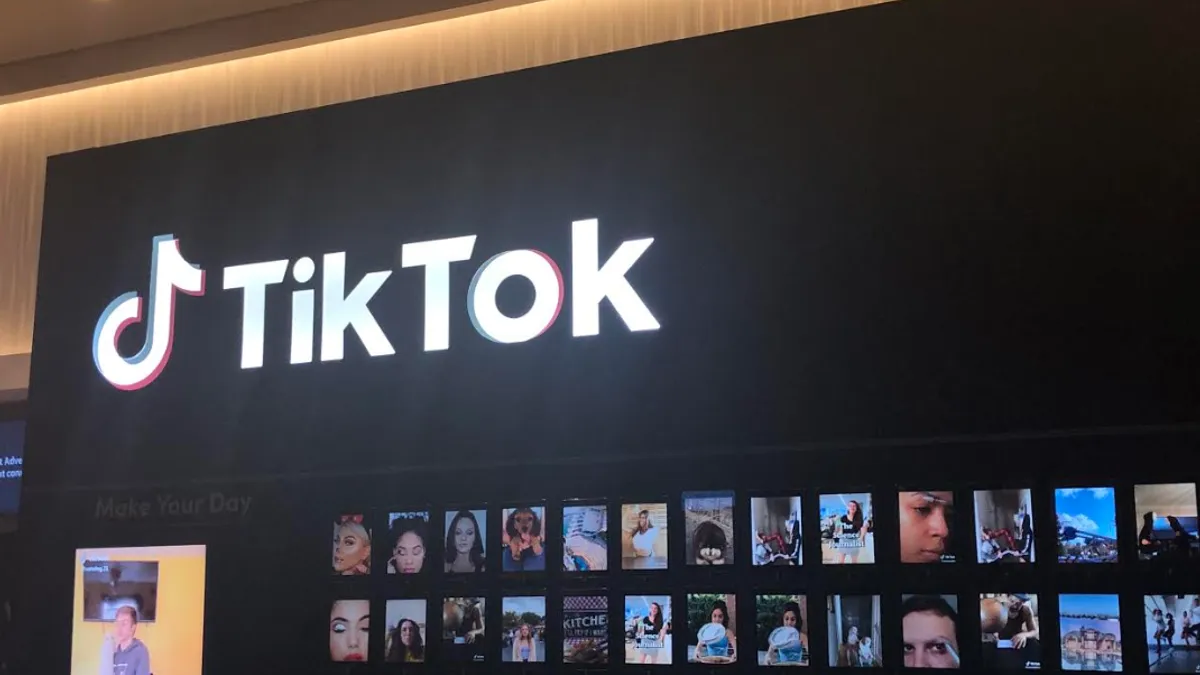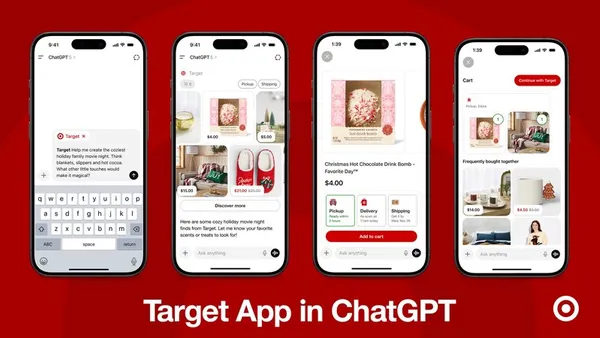Brief:
-
TikTok will this year increase its U.S. user base by 22% to 45.4 million as its growth rate slows from the 98% jump of 2019, eMarketer wrote in a report shared with Mobile Marketer. The researcher estimated that TikTok will reach 60.3 million U.S. consumers, or about 27% of social network users, by 2024.
-
More than one-fifth (22%) of U.S. social media users this year will look at TikTok at least once a month, up from 18% in 2019 and 9.4% in 2017, eMarketer forecast. That growth is mostly concentrated among younger audiences, including teens who spend multiple hours a day on the app, eMarketer principal analyst Debra Aho Williamson said.
-
TikTok faces growing competition that might hinder its growth in the next few years, however. Firework, a startup whose social media app lets mobile users share vertical and horizontal videos, along with category stalwarts like Facebook and Instagram, are responding to TikTok's threat by adding similar video-sharing features to their apps, per eMarketer.
Insight:
The projected growth for TikTok likely will lure more mobile marketers to develop campaigns for the social video app, especially considering its popularity among a desirable and often elusive Gen Z demographic.
EMarketer forecasts that TikTok's U.S. audience will grow steadily over the next few years, but won't overtake more established rivals like Facebook, Instagram, Pinterest and Snapchat, which isn't surprising given their longer standing in the space. But eMarketer's estimates indicate that TikTok has already surpassed Twitter, which reported monetizable daily active usage (mDAU) of 31 million in the U.S. at the end of last year.
TikTok may face some of the same growing pains that Snapchat has confronted in the past decade as advertisers take a wait-and-see approach before committing to a new platform that appeals to younger audiences. Snapchat's parent company Snap estimates that 75% of U.S. consumers ages 13 to 34 are active on the image-messaging app.
About two-thirds (67%) of marketing professionals said they hadn't advertised on Snapchat as of September, per a survey by RBC, even as spending intentions had improved somewhat. The reluctance of advertisers to commit to Snapchat may have been an indication that older brand executives weren't familiar with an image-messaging app that's mostly popular among young adults and teens, Evan Spiegel, CEO of Snapchat's parent company Snap, said at an investor conference last year.
TikTok also faces the possibility that rivals will copy some of its key features, as Facebook and Instagram have done to beat back the threat from Snapchat. As eMarketer notes, Instagram recently added features to its Boomerang looping effect that resemble TikTok's video editing tools.
At the same time, TikTok is dealing with concerns about censorship, data privacy and brand safety because it is owned by a Chinese company. The U.S. Transportation Security Administration this week stopped allowing employees to use TikTok to create social media posts for the agency because of potential national security issues. To address those concerns, TikTok parent company ByteDance is reportedly seeking to hire an American CEO to oversee its U.S. operations.
Still, dozens of U.S. brands have developed campaigns for TikTok, which urges users to participate by creating their own viral videos. For example, Mucinex cough medicine has run two campaigns during cold and flu season that challenged TikTok users to post videos based on a theme. Sony this month debuted on TikTok with a slickly produced video it described as the "most epic TikTok ever made" to promote the movie sequel "Bad Boys for Life." TikTok has also been incorporated into the 143-year-old Westminster Kennel Club's marketing mix, which this year also included an influencer component.













